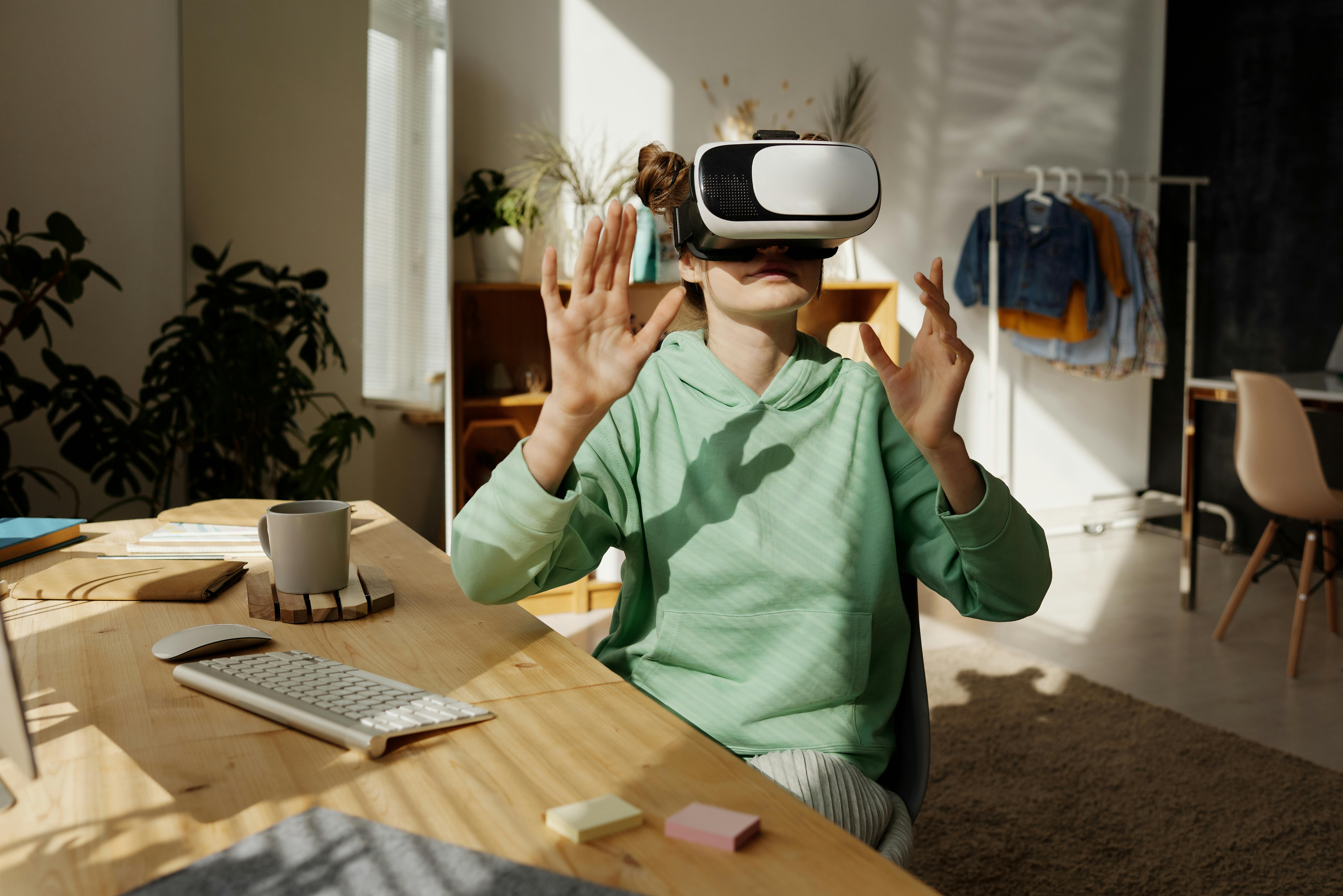Breaking Down the World of Augmented Reality in Education
Augmented Reality (AR) is no longer just a fascinating concept in science fiction—it's a reality that's transforming various sectors, including education. This revolutionary technology is pushing the boundaries of learning, making it more immersive, interactive, and engaging for students. Let's delve into the world of AR in education, exploring its roots, current applications, and future prospects.

The Emergence of Augmented Reality in Education
AR technology might seem like a novel concept, but its roots trace back to the late 20th century. The term “Augmented Reality” was first coined in 1990 by Tom Caudell, a researcher at Boeing. However, it wasn’t until the early 2000s that AR made its way into the education sector. With the increasing affordability and accessibility of smartphones and tablets, AR apps started to gain traction in classrooms, providing a new dimension of learning.
The Current State of AR in Education
Today, AR’s influence in the education sector is undeniable. As per a report by Grand View Research, the global AR in education market size was valued at USD 1.08 billion in 2020 and is expected to grow at a compound annual growth rate (CAGR) of 17.5% from 2021 to 2028.
AR enables interactive learning experiences, making complex subjects more understandable and engaging. For instance, AR apps like Google Expeditions and Microsoft’s HoloLens provide virtual field trips and 3D models, allowing students to explore historical sites or delve into human anatomy without leaving their classrooms.
The Market Impact and Pricing
The growing demand for AR in education directly impacts the market for AR devices and apps. Companies like Google, Microsoft, and Apple are heavily investing in AR technology, developing affordable solutions for educational institutions.
Google Cardboard, an entry-level VR headset, costs around $15, making it accessible for schools on a tight budget. On the other end of the spectrum, high-end devices like Microsoft’s HoloLens 2 are priced at $3,500, offering more sophisticated features.
The wide price spectrum indicates the market’s potential to cater to different needs and budgets, driving further growth.
The Future of AR in Education
Research suggests that the integration of AR in education is just the beginning. As technology advances, we can expect more sophisticated applications of AR in classrooms.
AR could potentially transform traditional textbooks into interactive learning tools, engage students in immersive simulations, and even provide personalized learning experiences. The potential of AR in education is vast, and with continuous research and development, the future looks promising.
Conclusion
AR in education is a game-changer. It not only enhances learning experiences but also prepares students for a future where digital and physical worlds intertwine. The journey of AR in education is just starting, and it’s an exciting path to follow. As technology advances, we can look forward to seeing how AR will further revolutionize our learning experiences.
In conclusion, the world of AR in education is evolving rapidly, offering new opportunities for interactive and immersive learning. While challenges remain, particularly around cost and accessibility, the potential benefits of AR in education are too significant to ignore. With further technological advancements, AR’s role in education is set to become even more prominent in the coming years.





